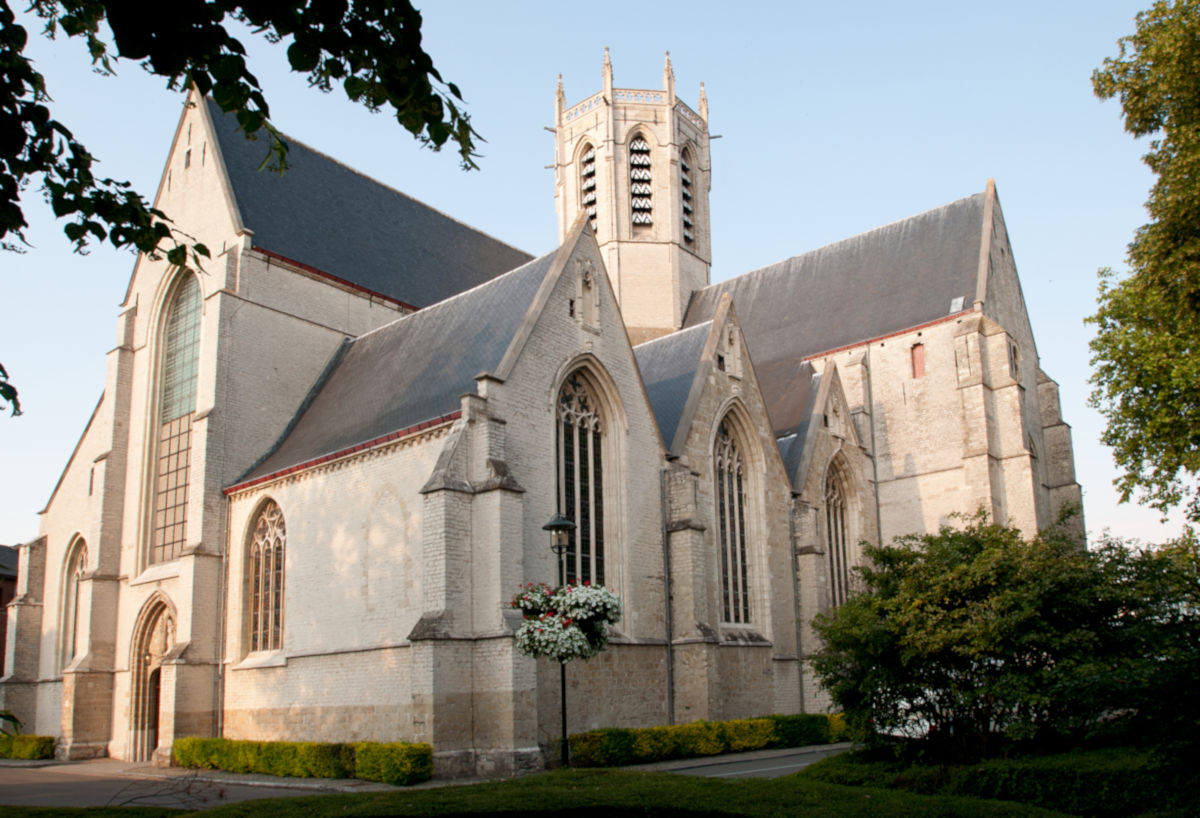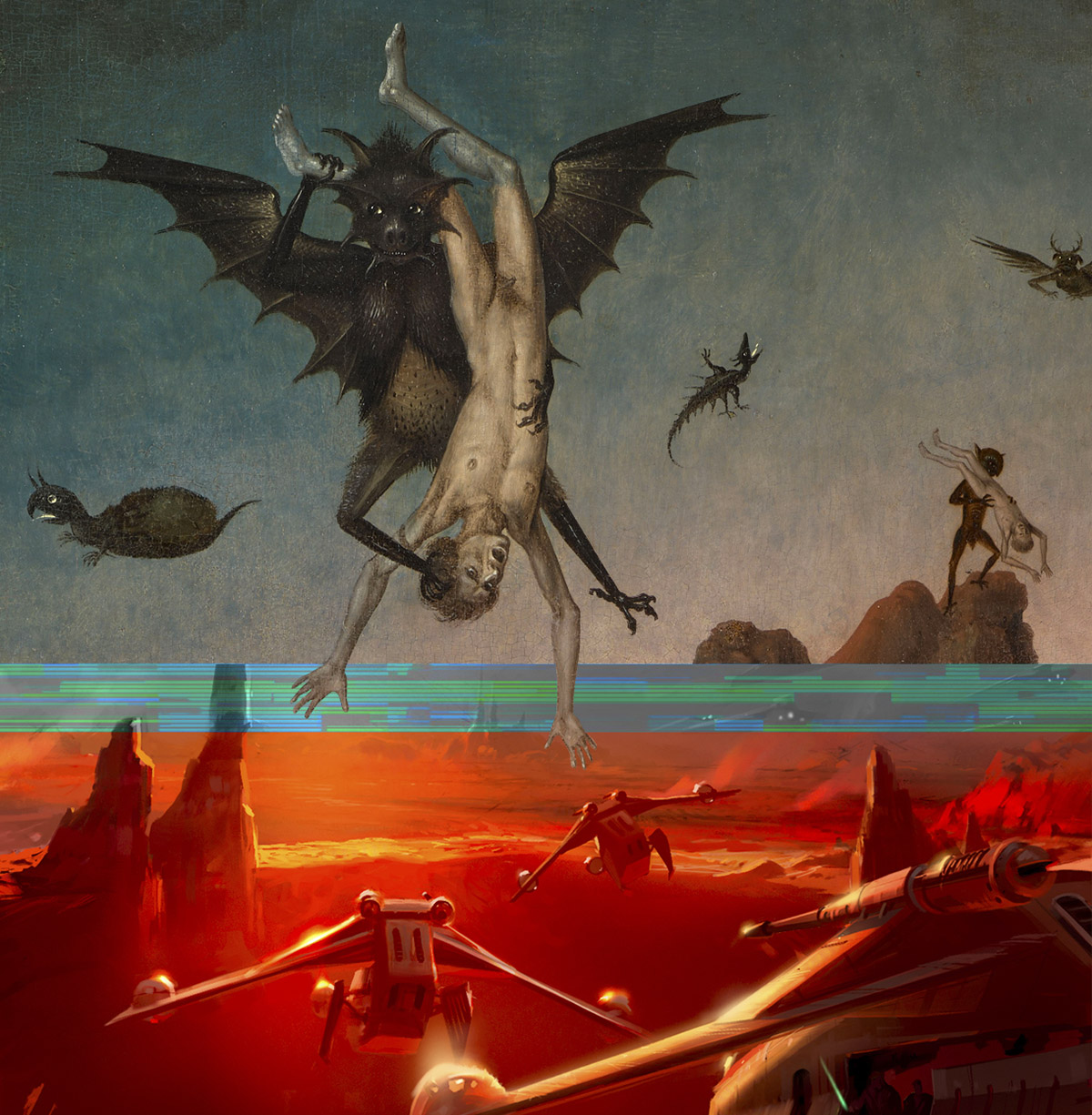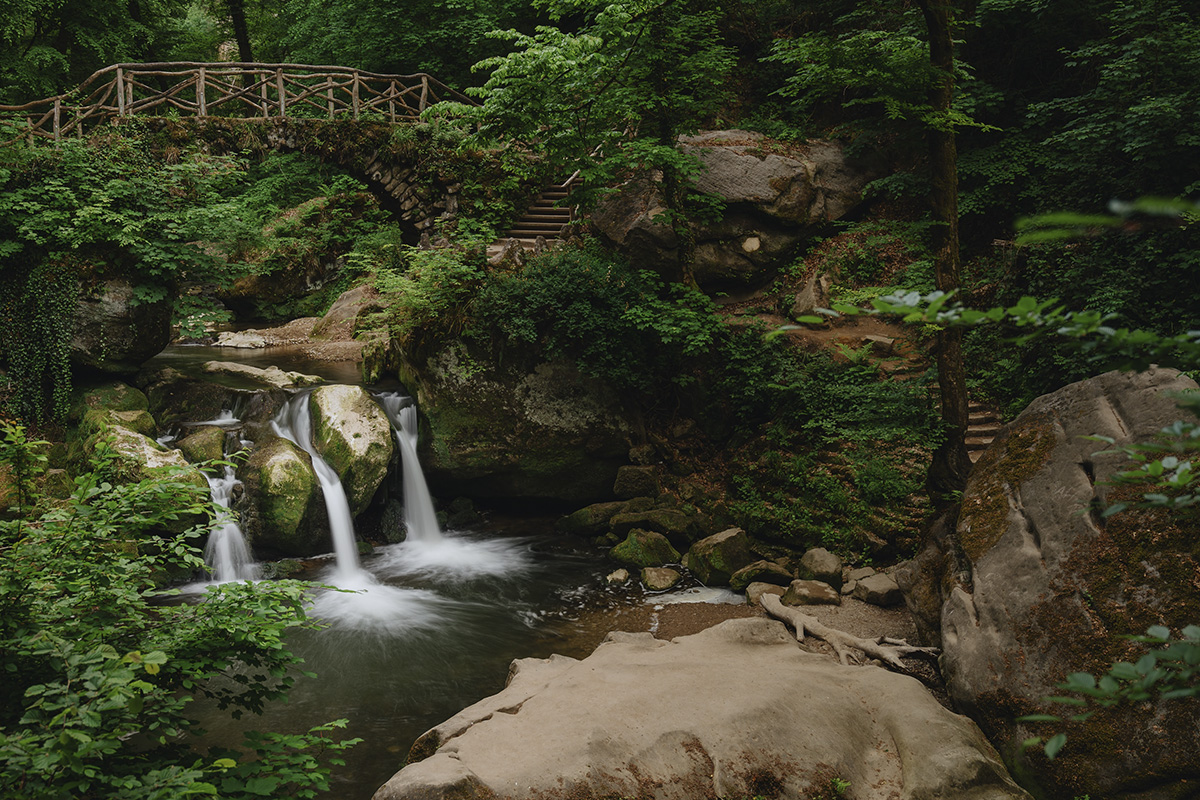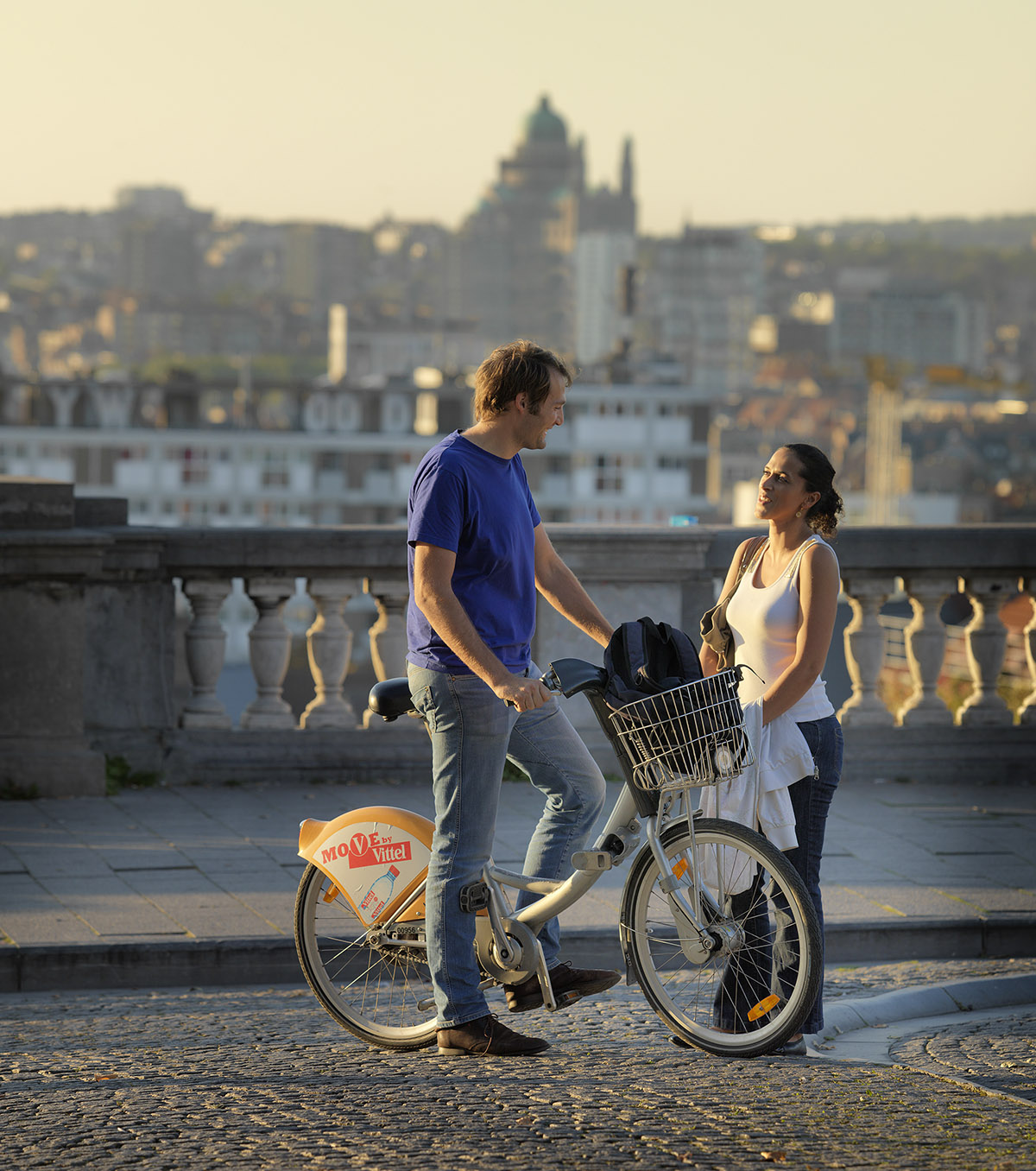Dendermonde – The horse ride of a decade
Text: Arne Adriaenssens | Photo © Dendermonde

There is no animal that the citizens of Dendermonde love as much as the gigantic wooden Bayard Steed. Concealed from the public eye, the black stallion spends his days in solitude in his urban stable. Yet, once every decade, he breaks free to parade through the city during a grand, folkloristic cavalcade. Prepare yourself for 2020, because the Bayard Steed is almost ready to gallop again.
Situated between Brussels, Antwerp and Ghent (Belgium’s three biggest cities) lies the cosy and historical town of Dendermonde. Its medieval city centre is one of the oldest on Belgian soil and houses no less than two UNESCO World Heritage sites. However, the town is not crowded with tourists, making it an ideal spot for an interesting, intimate and alternative city trip. That said, once every decade, the quiet town becomes the roaring, folkloristic capital of Belgium, when tens of thousands of eager tourists strike down in Dendermonde to witness the mighty Bayard Steed parade through its streets.
Since 1807
“The saga of the Bayard Steed dates back to the Middle Ages,” says Greta Van Acker from Tourism Dendermonde. “Back then, stories like these were spread by travelling troubadours. Therefore, in many cities, like Brussels and Mechelen, similar legends about the Bayard Steed are cherished. Yet, nowhere, the tale lives on so prominently as in Dendermonde.” The first Bayard Steed Parade was held as far back as 1807. In the subsequent decennia, the horse would conquer the city’s streets again sporadically, on an irregular basis. In 1986, the building Bayard was kept in was about to be demolished. A move to a new location imposed itself. The transport of the beloved horse became a small parade on its own, with thousands of spectators in the streets. “When we saw how enthusiastically the horse was greeted, the city started organising the mythical procession every ten years, at the break of each decade.”
800 kilogrammes plus four children
The wooden Bayard Steed, the showpiece of the cavalcade, is no less than 4.85 metres tall and 5.2 metres long. It takes three groups of 12 strong man, called ‘de pijnders’, to alternately carry the 800-kilogramme contraption through the course for six and a half hours. Not just in a casual trot forwards, but with an impressive prance every now and then as well. To do this, the first row of ‘pijnders’ lifts the front of the horse in the air while the last ones bend through their knees. As if this was not heavy enough, four boys are sitting on top of the horse: the children of Aymond. “These roles are always played by four brothers aged between seven and 21 years old who are born and raised in the city. The parts are very popular since these boys remain local superstars for as long as they live here. Yet, only families who meet the long list of requirements have a shot.”
Proceeding the horse is a big parade of intriguing scenes. Where the theme of the first act varies with every edition, the second one, traditionally, acts out the local version of the saga of the Bayard Steed. In the last act, traditional characters like the guild’s giants and the halberdiers prelude the arrival of the mighty stallion. In total, a dazzling 2,000 characters play their part in the medieval festival. “Most of them live in the city or close by and contribute to the parade every time. Often, kids join for the first time on the boat with toddlers, participate again ten years later as a plate carrier, and keep changing from part to part for decennia to come.”
Tears in their eyes
Because of its deep roots, fascinating history and local character, the Bayard Steed Parade was granted the status of UNESCO Intangible Cultural Heritage. “And rightfully so,” Van Acker emphasises. “Outsiders sometimes mock the excitement of Dendermonde’s citizens about their horse. Yet, the moment it gallops on the main square, many spectators who used to mock us get tears in their eyes themselves. Even in 2019, when a myriad of entertainment is just a mouse-click away, an ancient procession like this can still strike a nerve throughout all generations.”
Subscribe to Our Newsletter
Receive our monthly newsletter by email




